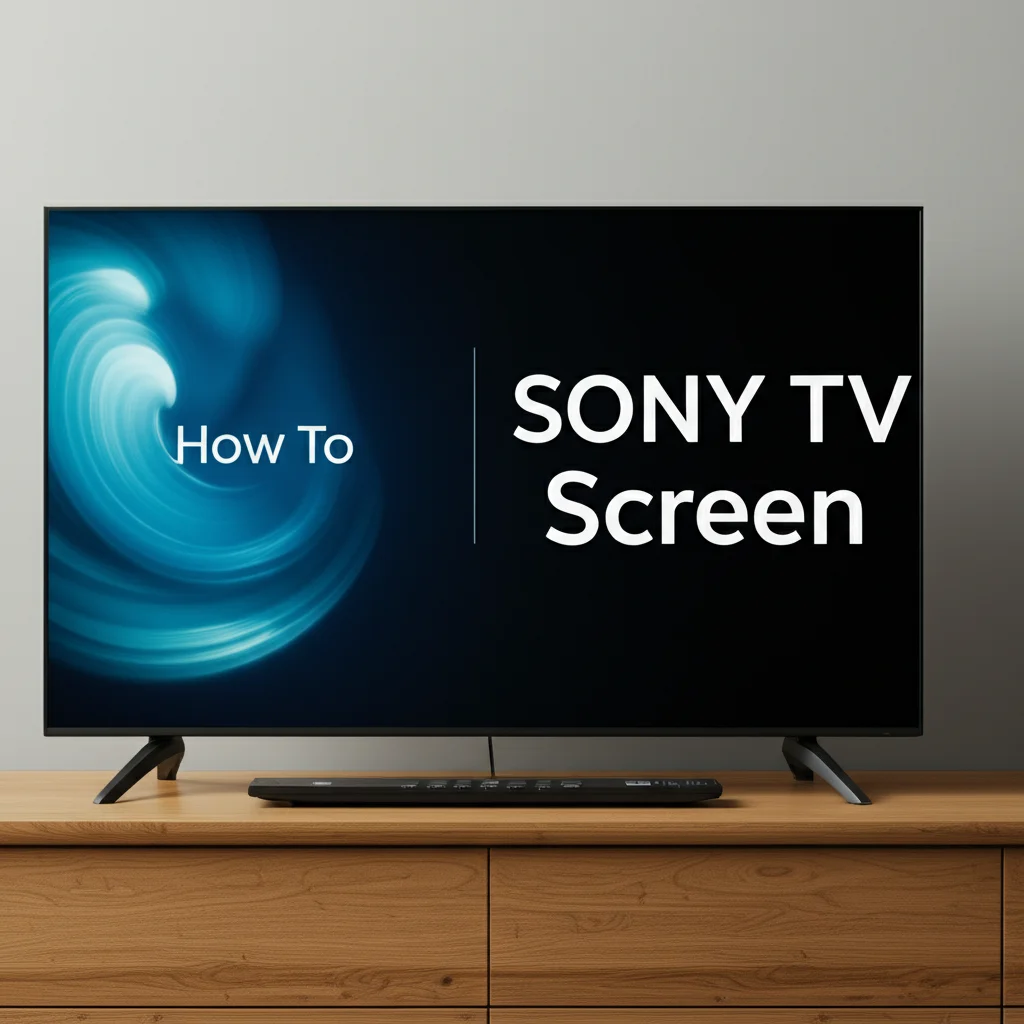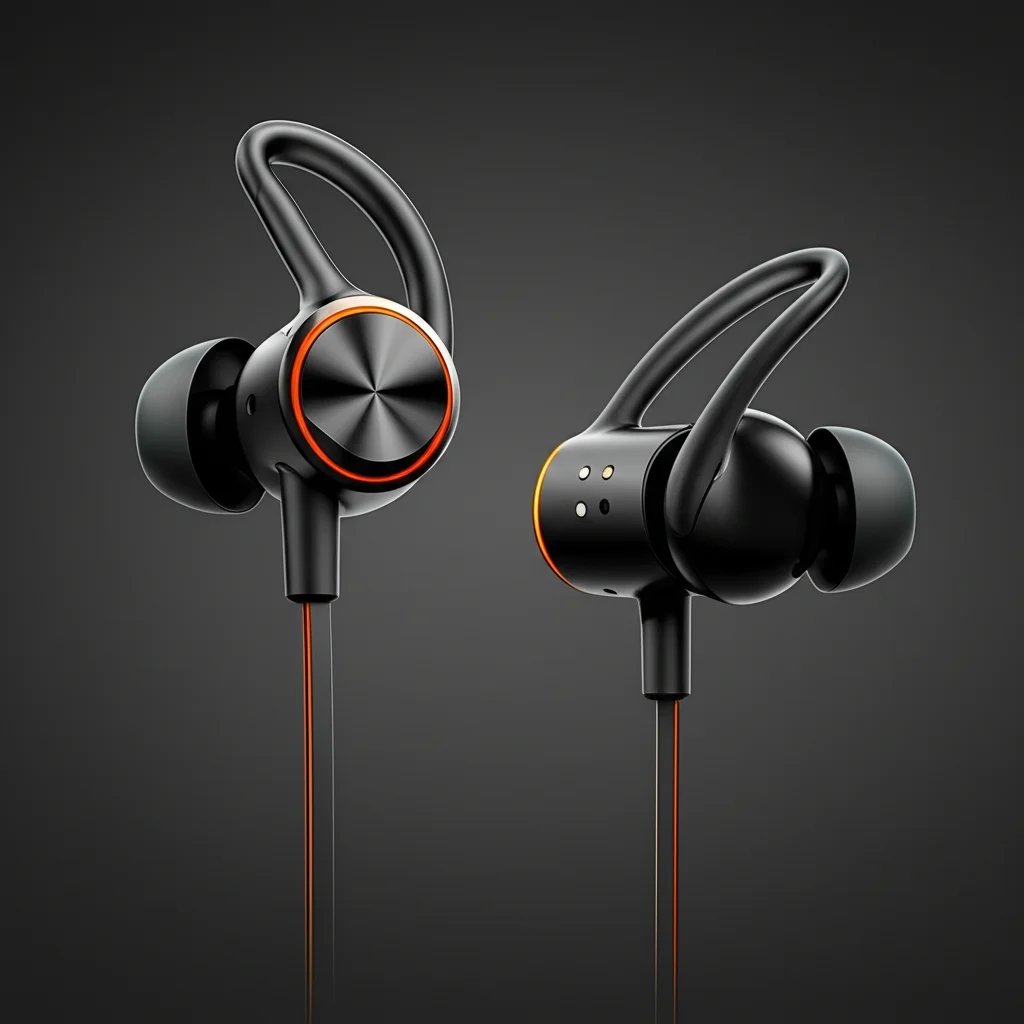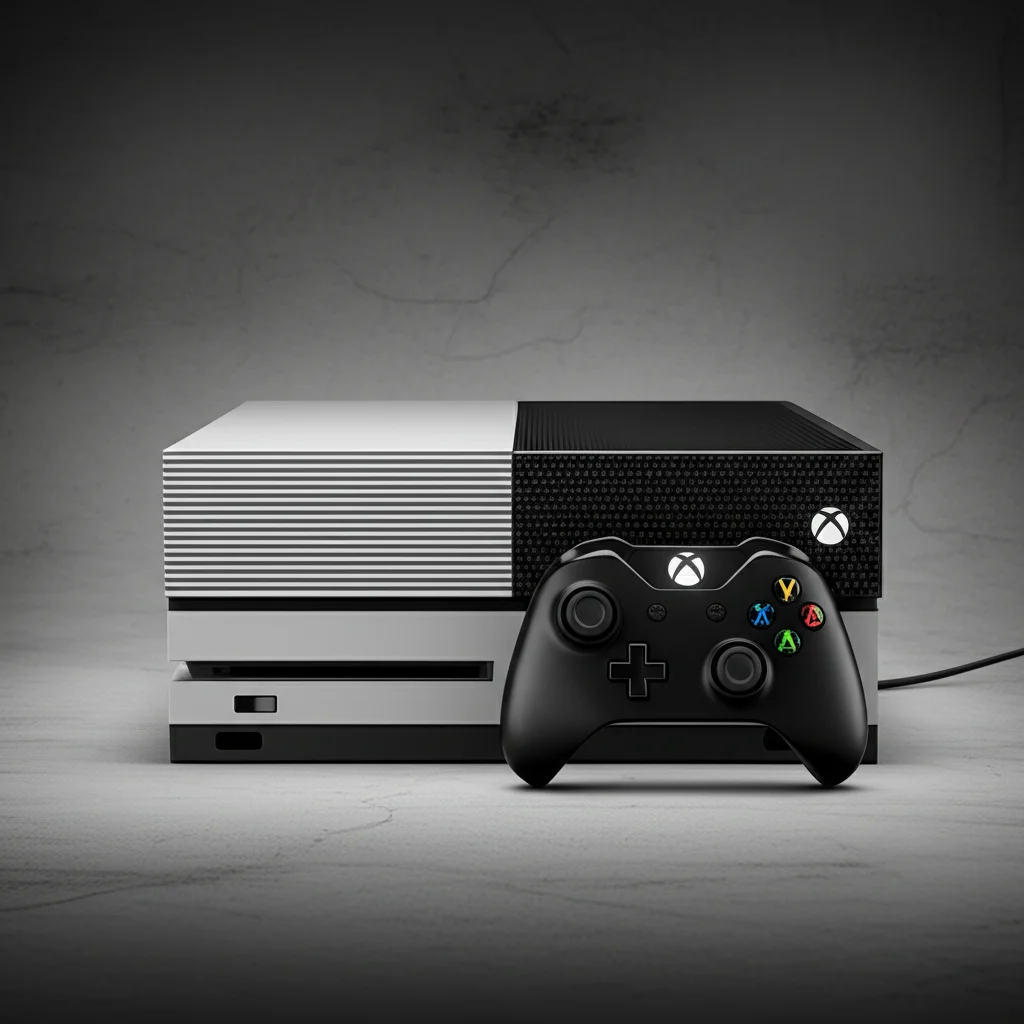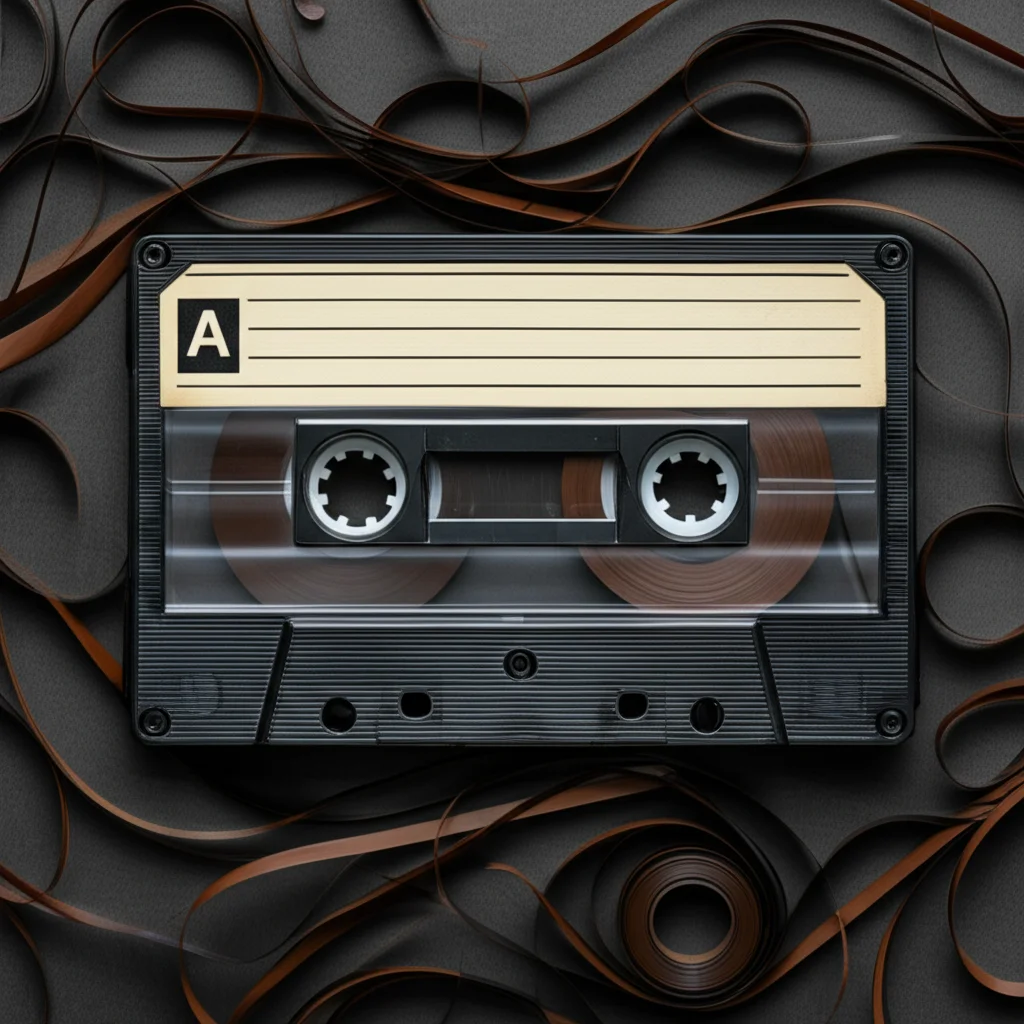· Todd Martin · Electronics Care · 20 min read
How To Clean Switch Screen
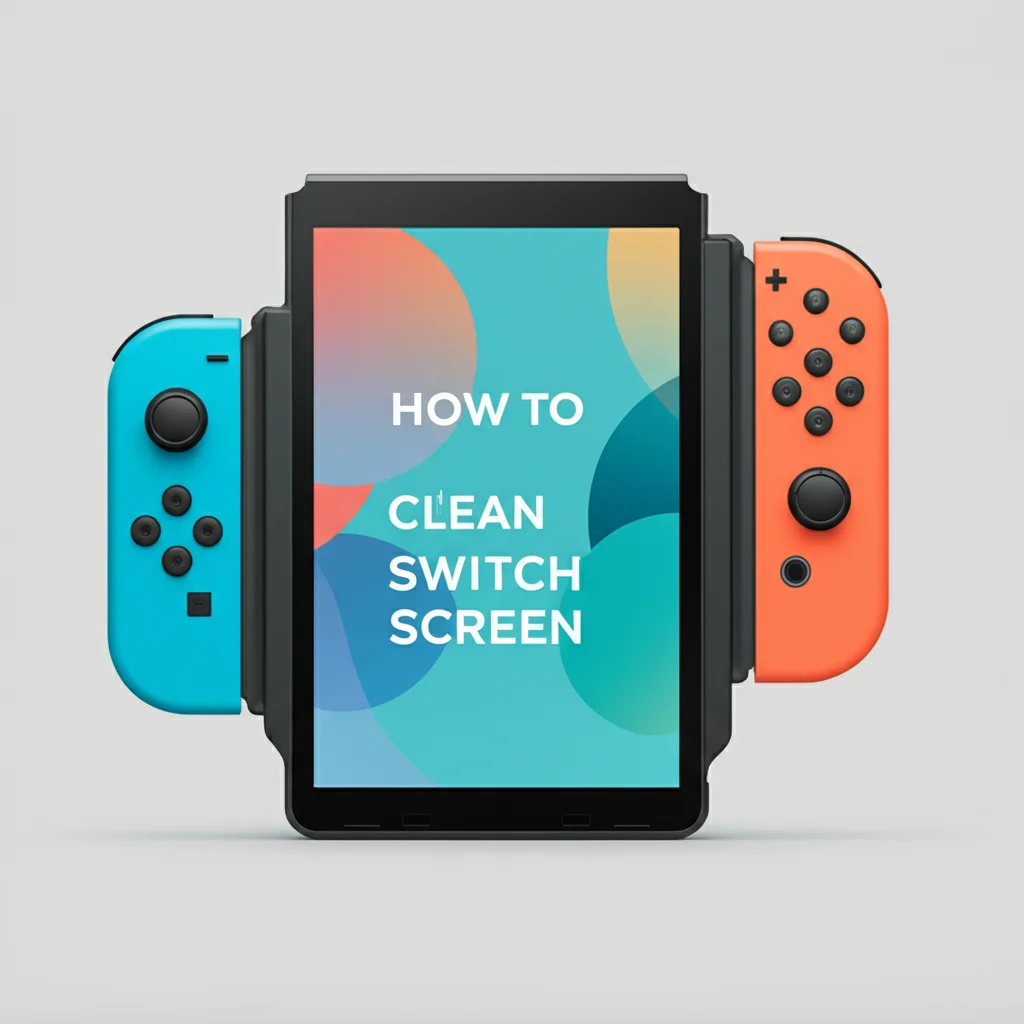
Keep Your Display Pristine: How to Clean Switch Screen Effectively
Is your Nintendo Switch screen looking a bit grimy? We all know the feeling. Fingerprints, smudges, and dust can quickly accumulate, making your favorite games look less vibrant. A dirty screen not only impacts your gaming experience but can also harbor germs and potentially scratch the display over time. Learning how to clean Switch screen properly is a simple step to protect your investment and ensure crystal-clear visuals.
This guide will walk you through everything you need to know about keeping your Switch display spotless. We will cover the right tools to use, step-by-step cleaning methods for various types of grime, and crucial tips for maintaining a clean screen long-term. By following these simple instructions, you can enjoy a bright, clean, and responsive Nintendo Switch screen for years to come.
Takeaway
- Always use a clean, soft microfiber cloth for cleaning your Switch screen.
- Avoid harsh chemicals, abrasive materials, and excessive moisture.
- Distilled water or a diluted isopropyl alcohol solution (70%) are the safest cleaning liquids.
- Gentle, circular motions are key to removing smudges without damage.
- Regular light cleaning prevents stubborn grime buildup.
To effectively clean your Switch screen, power off the device first. Gently wipe the screen with a dry, lint-free microfiber cloth to remove dust and light smudges. For stubborn marks, lightly dampen a corner of the cloth with distilled water or a 70% isopropyl alcohol solution, then wipe the screen in a gentle, circular motion. Finish by drying with a clean part of the cloth.
Why Your Nintendo Switch Screen Needs Regular Cleaning
Your Nintendo Switch display is a highly interactive surface. It is a touchscreen, meaning your fingers are constantly making contact with it. This continuous interaction, combined with everyday environmental factors, leads to a buildup of dirt and grime. Over time, this accumulation can significantly degrade your gaming experience and even affect the longevity of your device.
Think about how often you touch your Switch screen. Every tap, swipe, and press leaves behind oils from your skin, dead skin cells, and microscopic dirt particles. When you play on the go, your Switch is exposed to dust, crumbs, and airborne pollutants. These elements combine to create a hazy, smudge-covered surface that makes colors appear dull and details harder to discern. A clean screen ensures you see your games exactly as the developers intended.
Common Contaminants on Your Switch Screen
Your Switch screen faces several common enemies that contribute to its dirty appearance. The most prevalent are fingerprints. These oily smudges come from the natural oils on our hands and are easily transferred to the glass surface. They create a greasy film that obscures the display.
Dust is another constant threat. Microscopic particles float in the air and settle on any exposed surface, including your Switch screen. These tiny particles, though seemingly harmless, can be abrasive. Wiping them with the wrong material can lead to minute scratches over time. Accidental food splatters, drink spills, and even sneezes can leave more stubborn residues that require more than a simple wipe.
Benefits of a Clean Switch Display
The advantages of maintaining a clean Switch screen go beyond just aesthetics. A clear screen provides a better visual experience, making games more immersive and enjoyable. When your screen is free of smudges, colors are brighter and sharper, and text is easier to read. This is especially important for games with detailed graphics or small fonts.
Beyond visual clarity, a clean screen also maintains the touchscreen’s responsiveness. While dirt usually does not prevent touch input, a thick layer of grime can sometimes lead to less accurate or less consistent responses. Regular cleaning removes potential interference. It also helps preserve the screen’s integrity, preventing abrasive particles from scratching the surface. Keeping your device clean is a simple way to extend its life and keep it looking new. For more details on maintaining other Nintendo screens, consider how to clean a Nintendo Switch screen.
Essential Tools for Safe Switch Screen Cleaning
Cleaning your Switch screen effectively and safely requires using the right tools. Just grabbing any cloth or cleaner can lead to scratches or damage. The goal is to remove grime without harming the delicate display coating or the touchscreen functionality. I always recommend having these specific items on hand before you begin.
The wrong cleaning products can strip away oleophobic coatings, which are designed to repel oils and fingerprints. They can also leave streaks or, worse, corrode internal components if liquid seeps into the device. Using appropriate tools ensures a streak-free finish and protects your investment.
Approved Cleaning Cloths
The most crucial tool for cleaning any electronic screen, including your Switch, is a microfiber cloth. These cloths are made of tiny synthetic fibers that are highly effective at trapping dust, dirt, and oils without scratching sensitive surfaces. They are also lint-free, meaning they won’t leave behind fuzzy particles on your screen.
Always use a clean, dry microfiber cloth. If your cloth is dirty, it can re-deposit grime or even scratch the screen with trapped particles. I personally keep a dedicated microfiber cloth just for my electronics. Avoid paper towels, tissues, or abrasive fabrics like bath towels. These materials can be too harsh and may leave behind fibers or cause micro-scratches on the screen. For general screen care, knowing how to clean a laptop screen or how to clean a computer screen without streaks applies many of the same principles.
Safe Cleaning Solutions
For most light cleaning, a dry microfiber cloth is enough. For stubborn smudges, you might need a little moisture. Distilled water is the safest option. Tap water can contain minerals that leave streaks or residue on the screen. Lightly dampen a small corner of your microfiber cloth with distilled water, do not spray water directly onto the screen.
For more persistent grime or to disinfect, a diluted isopropyl alcohol solution is safe. Use a solution of 70% isopropyl alcohol and 30% water. This concentration is effective for cleaning without being overly harsh. Many electronics manufacturers approve this solution. Again, apply it to the cloth first, never directly to the screen. For other touch screens, similar methods apply, such as how to clean a cell phone screen.
What NOT to Use on Your Switch Screen
Just as important as knowing what to use is knowing what to avoid. Never use harsh chemicals like window cleaners (Windex), ammonia-based cleaners, abrasive cleaners, or aerosol sprays. These products can damage the screen’s anti-glare or oleophobic coatings. They can also seep into the device and cause internal damage.
Avoid using paper towels, tissues, or rough cloths, as these can scratch the screen. Do not spray any liquid directly onto the Switch screen. Excessive moisture can leak into the device’s interior, leading to irreversible damage. If you’re wondering how to clean other sensitive displays without streaks, tips like how to clean a TV screen without streaks often emphasize these same cautions.
Step-by-Step Guide: How to Clean Switch Screen Gently
Cleaning your Nintendo Switch screen does not have to be a complicated task. With the right tools and a gentle approach, you can achieve a sparkling display without risk. I will guide you through the process, ensuring each step is clear and easy to follow. Remember, patience and a light touch are your best allies here.
Rushing the process or applying too much pressure can cause more harm than good. The screen is durable for gameplay, but it is still a sensitive electronic component. My personal rule of thumb is always to err on the side of caution. If a smudge does not come off easily, do not force it. Just repeat the cleaning step with a bit more patience.
Preparing Your Switch for Cleaning
Before you begin any cleaning, the first and most crucial step is to power off your Nintendo Switch completely. Holding the Power button until the Power Options menu appears and then selecting “Power Off” will do the trick. You do not want the screen to be active or hot during cleaning. This step prevents accidental inputs and reduces any risk of damage from liquid or static.
Next, remove any accessories, such as Joy-Cons, screen protectors (if you plan to replace them), or protective cases. This gives you full access to the screen surface. It also ensures that no cleaning solution accidentally gets trapped in crevices between the console and accessories. Make sure you are in a well-lit area so you can clearly see all the dust and smudges you need to remove.
Basic Dust and Smudge Removal
Start with a dry, clean microfiber cloth. Gently wipe the entire screen surface in small, circular motions. Begin from the center and work your way outwards. This method helps to capture dust and light smudges without pushing them around. Apply very light pressure, just enough to make contact with the screen.
For fingerprints and slightly more stubborn smudges that do not disappear with a dry wipe, lightly dampen a small corner of your microfiber cloth with distilled water. Ensure the cloth is barely damp, not wet. Wring out any excess liquid. Then, gently wipe the affected areas using the same small, circular motions. The moisture will help lift the oils and grime.
After wiping with the damp portion, immediately use a dry, clean section of the microfiber cloth to wipe the screen again. This step removes any remaining moisture and prevents streaks. Continue wiping until the screen is completely dry and clear. Repeat the process if necessary, but always ensure the cloth is only slightly damp.
Tackling Stubborn Stains and Fingerprints on Your Switch
Sometimes, basic dry or damp wiping is not enough to get rid of every mark on your Switch screen. Oily fingerprints can be notoriously persistent, and sometimes sticky residues might find their way onto your display. When dealing with these tougher spots, you need a slightly more robust, yet still gentle, approach. My advice is to escalate your cleaning method gradually, starting with the least aggressive option.
Remember, the key is not to scratch or damage the screen’s delicate surface or its oleophobic coating. This coating helps repel oils, but it can be worn down by harsh chemicals or abrasive rubbing. Therefore, precision and a light touch remain paramount, even for stubborn stains.
Dealing with Oily Fingerprints
Oily fingerprints are perhaps the most common and frustrating type of grime on any touchscreen device. They are left behind by the natural oils on our skin. A dry microfiber cloth can often spread these oils rather than remove them entirely. When distilled water alone does not suffice, a diluted isopropyl alcohol solution comes into play.
Lightly dampen a fresh section of your microfiber cloth with a 70% isopropyl alcohol solution. Again, make sure the cloth is only slightly damp, not dripping. Gently wipe the oily areas using soft, circular motions. The alcohol acts as a solvent, breaking down the oils more effectively than water. Alcohol evaporates quickly, leaving less residue. Immediately follow up with a dry part of the microfiber cloth to buff away any remaining moisture or streaks. For similar tough spots on other displays, how to clean fingerprints off TV screen can offer additional insights.
Removing Sticky Residues
Sticky residues, like remnants from tape or accidental spills of sugary drinks, require careful attention. Do not attempt to scrape them off with your fingernail or any hard object, as this will scratch the screen. For these types of stains, the isopropyl alcohol solution is your best bet.
Apply a tiny amount of the 70% isopropyl alcohol solution to a very small area of your microfiber cloth. Place the damp spot directly on the sticky residue and let it sit for a few seconds to slightly dissolve the stickiness. Then, gently rub the area in a small, circular motion. You might need to repeat this process a few times. Once the residue lifts, wipe the area clean with a dry section of the cloth. Be mindful not to let any liquid seep into the edges of the screen or device. For more general advice on sensitive screens, exploring how to clean a mobile phone touch screen can also be helpful.
Cleaning Your Switch Screen Protector Safely
Many Nintendo Switch owners use a screen protector to add an extra layer of defense against scratches and impacts. While a screen protector protects your original display, it also collects fingerprints, dust, and grime. Cleaning a screen protector is generally very similar to cleaning the bare screen, but there are a few nuances to consider.
Screen protectors are often made of tempered glass or a plastic film. While they are designed to be durable, they can still be scratched or damaged if cleaned improperly. Ensuring you clean your screen protector safely means you can maximize its lifespan and keep your Switch’s display pristine underneath.
Why Screen Protectors Need Cleaning Too
A screen protector is your first line of defense. It takes all the direct contact, absorbing the brunt of fingerprints, smudges, and potential impacts. Just because it is a protector does not mean it stays clean. In fact, it often gets dirtier faster than the bare screen would, simply because it is the sacrificial layer.
Cleaning your screen protector regularly is essential for maintaining clear visuals. A dirty screen protector can reduce touch sensitivity and obscure the vibrant graphics of your games. It also prevents dirt and oils from building up on its surface, which could eventually migrate underneath the protector if its edges become compromised. Plus, a clean protector looks better and feels nicer under your fingertips. For guidance on other protected screens, you might find useful tips on how to clean an iPhone screen protector.
Safe Methods for Screen Protector Cleaning
The general rules for cleaning your Switch’s screen apply directly to cleaning its screen protector. Always start with a dry, clean microfiber cloth. Gently wipe the surface to remove loose dust and light smudges. This daily habit goes a long way in preventing buildup.
For more stubborn marks on your screen protector, lightly dampen a corner of your microfiber cloth with distilled water or a 70% isopropyl alcohol solution. Remember, the key is “lightly dampen”—no dripping wet cloths. Gently wipe the affected areas in small circular motions. Both tempered glass and plastic film protectors generally tolerate these solutions well. Avoid harsh chemicals like ammonia-based cleaners, as these can still degrade the adhesive or the coating on some protectors over time.
If you ever need to remove a screen protector entirely, especially if it is a sticky type, you might wonder how to clean the sticky side of a screen protector. However, for routine cleaning, focus on the outer surface. Once the screen protector is clean, use a dry part of the microfiber cloth to buff it dry and streak-free. Regular, gentle cleaning extends the life of your screen protector and keeps your Switch looking sharp.
Maintaining a Clean Switch Screen: Best Practices
Regular cleaning is important, but preventing your Switch screen from getting excessively dirty in the first place is even better. Implementing a few simple habits and best practices can drastically reduce the need for deep cleaning. This approach not only saves you time but also extends the life and clarity of your screen. A well-maintained Switch screen enhances your gaming experience and protects your device’s value.
I find that being proactive about cleanliness is far easier than trying to remove old, caked-on grime. These practices are about integrating small, conscious efforts into your routine. They ensure your screen remains in top condition, ready for your next gaming session.
Daily Habits for a Spotless Screen
Make a habit of giving your Switch screen a quick wipe with a dry microfiber cloth every day or after each extended gaming session. This takes less than 30 seconds but makes a significant difference. It removes fresh fingerprints and dust before they have a chance to settle and become difficult to remove. Think of it as a quick polish rather than a deep clean.
Another simple habit is to avoid touching the screen unnecessarily. While it is a touchscreen, many games primarily use physical controls. When you are not actively using the touch function, try to hold the device by its sides or controllers. Always wash your hands before handling your Switch, especially if you have been eating. Greasy fingers are the primary culprits behind stubborn screen smudges.
When to Perform a Deeper Clean
While daily wipes are great for maintenance, a deeper clean is sometimes necessary. I recommend doing a more thorough cleaning with a slightly dampened microfiber cloth (distilled water or diluted isopropyl alcohol) once every week or two, depending on your usage. If you notice a significant buildup of smudges, or if the screen looks hazy even after a dry wipe, it is time for a deeper clean.
You should also perform a deeper clean after your Switch has been exposed to dusty environments, or if someone with particularly grubby hands has used it. If you travel with your Switch frequently, consider a quick clean after each trip. Regular deep cleaning prevents the accumulation of sticky or oily residues that can become very challenging to remove later. This routine keeps your primary Nintendo Switch display clear.
Proper Storage and Protection
How you store and transport your Nintendo Switch significantly impacts how clean its screen stays. Always store your Switch in a dedicated carrying case when you are not using it or when you are on the go. A good case protects the screen from dust, scratches, and accidental spills. Many cases have soft interior linings that help keep the screen clean.
Consider investing in a high-quality screen protector. As discussed earlier, a screen protector acts as a sacrificial layer. It takes the brunt of dirt and potential scratches, preserving the original screen underneath. If the screen protector gets too scratched or dirty, you can simply replace it, making your Switch look brand new again. This is a small investment for long-term screen health.
Common Mistakes to Avoid When Cleaning Your Switch Screen
Cleaning your Nintendo Switch screen seems straightforward, but some common errors can cause damage. Knowing what not to do is just as important as knowing what to do. I have seen many people inadvertently harm their devices by using the wrong methods or products. Avoiding these mistakes ensures your Switch screen remains clear and functional for its entire lifespan.
These precautions protect not only the visible screen but also the delicate electronics beneath. A little foresight can save you from costly repairs or the disappointment of a ruined display. Always prioritize the safety of your device over a quick, potentially damaging, cleaning method.
Using Harsh Chemicals and Abrasive Materials
One of the biggest mistakes is using household cleaning products not designed for electronics. Window cleaners, kitchen sprays, or general-purpose disinfectants often contain ammonia, alcohol (in high concentrations), or other harsh chemicals. These can strip the oleophobic coating from your Switch screen. This coating repels fingerprints and makes the screen easier to clean. Once it is gone, your screen will attract smudges much more easily and be harder to wipe clean.
Similarly, avoid abrasive materials like paper towels, napkins, or rough cloths. These materials, while seemingly soft, can cause tiny scratches on the screen’s surface over time. These micro-scratches accumulate, making the screen appear dull and hazy. Always stick to a clean, soft microfiber cloth. For similar advice on other screens, see how to clean a TV screen without streaks or how to clean a laptop screen.
Applying Excessive Liquid or Pressure
Never spray liquid directly onto your Switch screen. The console is not waterproof, and liquid can seep into the vents, buttons, or edges of the screen, causing irreversible internal damage. This can lead to short circuits, corrosion, or screen malfunctions. Always apply cleaning solutions to your microfiber cloth first, and ensure the cloth is only damp, not wet.
Applying too much pressure while wiping is another common mistake. While you might think more pressure means a cleaner screen, it can actually damage the pixels or cause color distortion underneath the display. It can also scratch the screen if there is any trapped dust or debris. Use a light, gentle touch, allowing the microfiber cloth and the appropriate cleaning solution to do the work. If a smudge is stubborn, repeat the gentle wiping process rather than pressing harder. Patience is key.
Ignoring Dust Before Wiping
Many people go straight to wiping down their screen, even when it is visibly dusty. This is a significant error. Dust particles, though tiny, can be abrasive. If you wipe a dusty screen with pressure, you are essentially dragging tiny pieces of grit across the delicate surface. This can lead to fine scratches that accumulate over time.
Always start by gently dusting the screen with a dry, clean microfiber cloth first, using very light pressure. If you have compressed air (specifically for electronics, not general purpose), you can use short, controlled bursts from a safe distance to blow away loose dust before wiping. This initial dust removal step is crucial for protecting your screen from scratches during the cleaning process.
FAQ Section
Q1: Can I use Windex or glass cleaner to clean my Switch screen? No, you should never use Windex or other household glass cleaners on your Switch screen. These products often contain ammonia, which can damage the screen’s anti-glare or oleophobic coating. This damage can make your screen more prone to fingerprints and harder to clean in the future. Stick to distilled water or a diluted isopropyl alcohol solution.
Q2: How often should I clean my Switch screen? For light cleaning, a quick wipe with a dry microfiber cloth after each gaming session or daily is ideal. For a deeper clean using a slightly dampened cloth, I recommend once every week or two, or whenever you notice significant smudge buildup. Frequent, gentle cleaning prevents grime from becoming stubborn.
Q3: Is isopropyl alcohol safe for Switch screens? Yes, a diluted solution of 70% isopropyl alcohol and 30% water is generally safe for cleaning Switch screens. Apply it sparingly to a microfiber cloth, not directly to the screen. This concentration is effective for disinfecting and removing oily smudges without damaging the screen. Avoid higher concentrations.
Q4: What’s the best way to remove stubborn fingerprints? For stubborn oily fingerprints, use a clean microfiber cloth lightly dampened with a 70% isopropyl alcohol solution. Gently wipe the affected areas in small, circular motions. The alcohol helps dissolve the oils. Follow immediately with a dry part of the cloth to buff away any residue and prevent streaks.
Q5: Can I use screen wipes designed for glasses on my Switch? Most pre-moistened screen wipes designed for eyeglasses are safe for your Switch, provided they are alcohol-free and ammonia-free. Always check the ingredients list. Wipes formulated specifically for electronic screens are usually a safer bet. If unsure, stick to your own microfiber cloth with distilled water or diluted isopropyl alcohol.
Q6: Do screen protectors make cleaning easier? Yes, screen protectors often make cleaning easier and safer. They provide a sacrificial layer that takes the brunt of smudges and potential scratches. You can clean the protector more vigorously without worrying about damaging the original screen. If the protector gets too damaged or dirty, you can simply replace it.
Conclusion
Keeping your Nintendo Switch screen clean is a simple yet vital part of maintaining your console. A clear, smudge-free display enhances your gaming experience and protects your device from long-term damage. We have covered the importance of regular cleaning, the essential tools to use, and step-by-step methods for both light and stubborn grime. Remember to always use a clean microfiber cloth, opt for distilled water or diluted isopropyl alcohol, and avoid harsh chemicals or excessive moisture.
By adopting these best practices, you can easily clean Switch screen and keep it looking pristine. Make gentle, consistent cleaning a part of your routine. This small effort ensures your Nintendo Switch remains a source of crystal-clear entertainment for years to come. Now, go forth and enjoy your brilliantly clean Switch!
- Nintendo Switch
- screen cleaning
- electronics care
- touchscreen cleaning
- device maintenance
- gaming console cleaning


